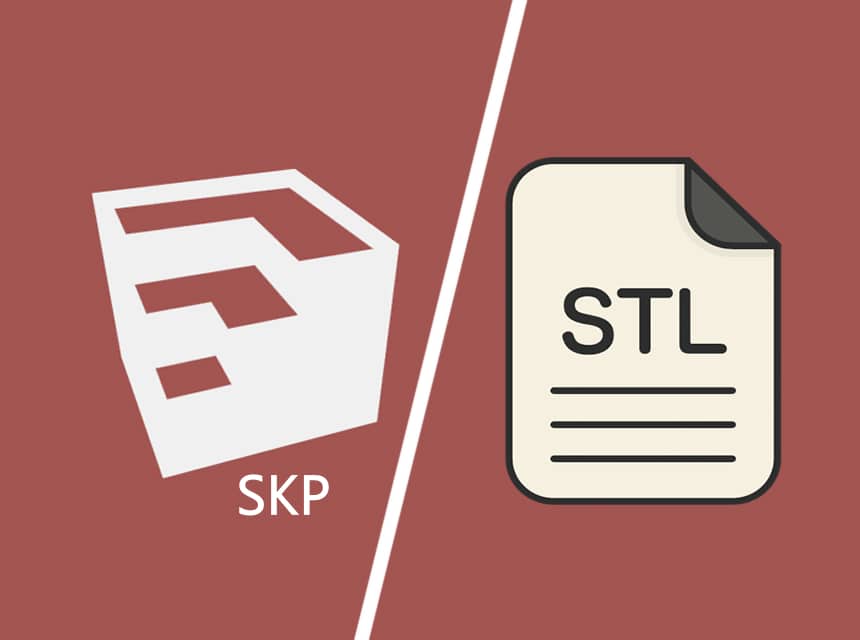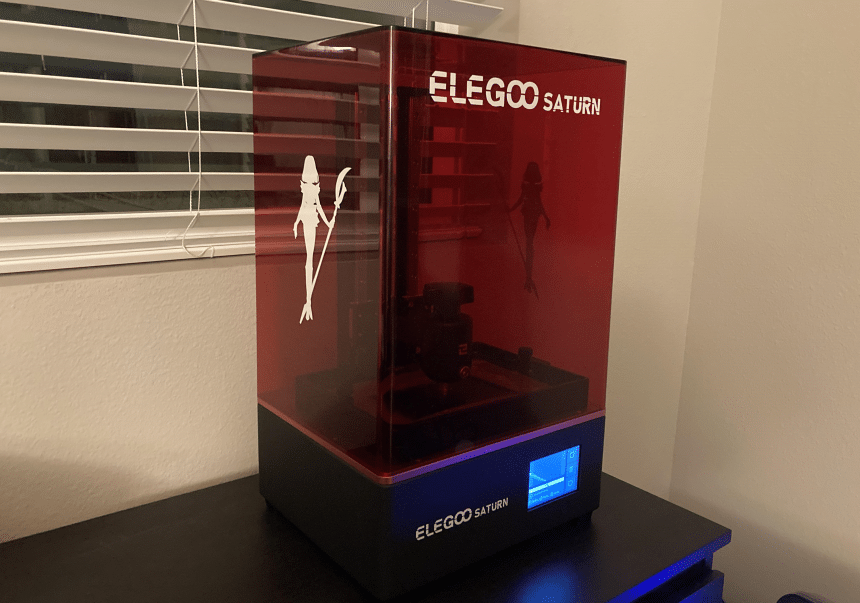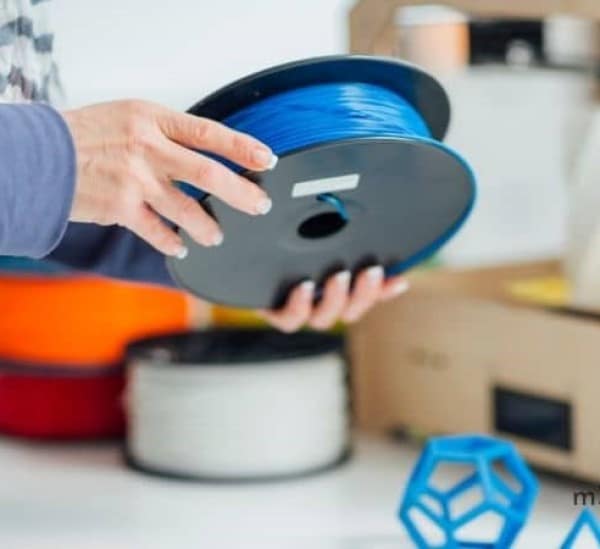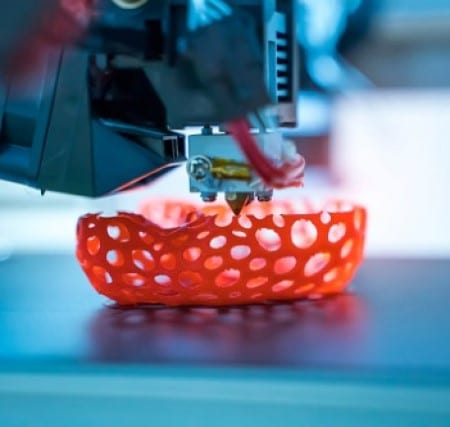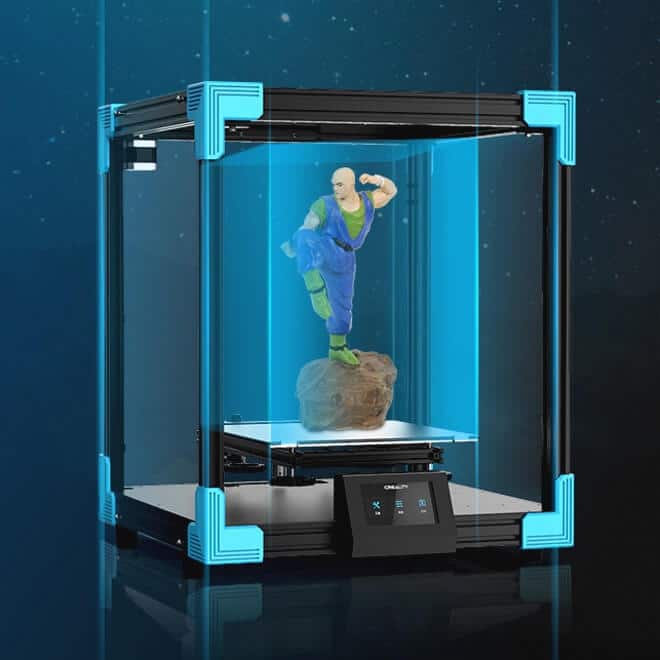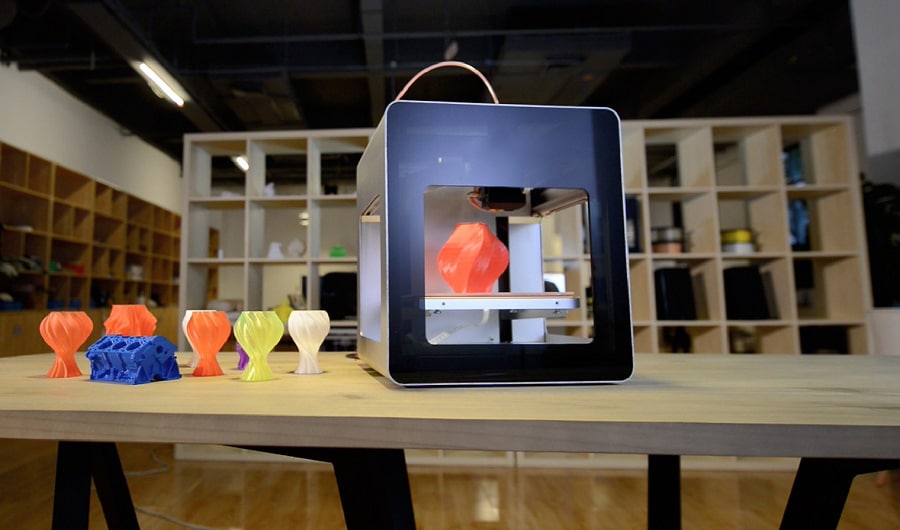

Not all the best metal 3D printers are as excellent as they’re described. If you rely on assumptions to make decisions, chances are you’ll end up with the wrong product. Whether you’re looking for a commercial printer or one to use at home, it might take your hours of effort to get an ideal one. Before you invest a substantial amount of money in a 3D printer, ensure your get your facts right. Since hundreds of great printers are available on the market, we’ve picked the best for you so that you don’t go through the tough vetting process.
Our list has six printers. We considered crucial factors such as compatible material, printing technology, build volume, layer resolution, compatible software, and nozzle diameter. All of the factors are essential and should help you to make a wise decision. For example, compatible material helps you know what materials you’ll be able to use, while the nozzle size affects the time and quality of your prints. Check our buying guide for more information on these factors.
More features: aviation level aluminum plate; metal platform; sturdy metal frame; LED light
FlashForge 3D Printer Creator Pro is a reliable and beginner-friendly printer. It features a pre-installed front door that provides easy access to prints. The printer boasts many improved and new features from its original model. One of the noticeable improvements in its frame (from wood to metal) – which is sturdy and more stable.
Plastic supports, on the other hand, are now high heat resistant metal platform supports. What’s more, the chamber is enclosed in a new acrylic cover to protect and insulate ABS prints. If you love convenience, then the new LCD and button board and SD slot position will excite you. The printing area is well lit so that you can see what you’re doing.
More features: first-generation product; powerful; friendly Facebook community; 3-in-1 software
Snapmaker Original 3-in-1 3D Printer is one of the few printers that guarantees you high printing precision. The machine is sturdy and easy to assemble. It features three functions modules – 3D printing, engraving, and CNC carving. New users will find using it straightforward since its Snapmakerjs software is easy and quick. Besides, the software updates regularly with new features to enhance user experience.
Apart from the three heads being easy to work with, a more robust laser is available for cutting thicker materials. It works excellently with all the listed materials to print whatever you want. What’s more, these materials are readily available on Amazon or the Snapmaker store.
More features: extra-large space; glass bed; aluminum frame; one-year warranty; lifetime support
Are you looking for an extra-large metal 3D printer? Then look no further than the Creality Open Source CR-10 3D Printer. If you didn’t like FlashForge as an open-source printer, Creality could be a great alternative. It boasts a high-quality aluminum frame that provides a sturdy base. Also, it features a flat glass bed for even printing surface. The glass bed guarantees a 100% usable surface for small and large models.
Uploading files to your printer is easy using the microSD card. The printer automatically read the file you selected and extrudes molten plastic onto the printing surface. Moreover, the printer is compatible with free slicing software such as Cura that enables you to use different previously designed 3D models.
More features: large build volume; patented heat bed; Z-axis dual screw rod design; Y-Axis dual sideway design; TFT touch screen
ANYCUBIC MEGA X 3D Printer is one of those printers that have a combination of features that are useful to veterans and beginners. It comes in two modules and takes around 15 minutes to assemble and get printing. The Y-axis dual sideway design and Z-axis screw rod design improves printing precision. If you’re interested in a printer with a large build volume, then you should check the ANYCUBIC MEGA X 3D Printer.
Additionally, the printer has a patented heat bed hence no need for a sticker anymore. The print holds strong on the bed when printing and falls off quickly when it cools to room temperature. Two highly responsive TFT touch screens are available for easy operations.
More features: resume printing function; semi-assembled kit; removable build surface plate; integrated structure design
Finally, we have the VOXELAB Aquila 3D Printer on our list. The printer has a classic metal-body appearance. Among the features that it boasts include an all in one tuner for quick and convenient adjustments. Aquila 3D printer also supports open source technology to allow you to choose your favorite software such as Cura. Besides, if you stay in a place with a power outage, the printer has a resume function, so you don’t lose your work.
When it comes to heating, it takes as little as 5 minutes to heat – thanks to its carbon crystal silicon glass plate that provides strong adhesion. What’s more, the printer provides stable movement during printing. Its screen provides a user-friendly interface for intuitive operation.
More features: flexible metal bedplate; HEPA filter; a reduced sound level of 40db
If freedom is what you’re looking for, then the Sindoh 3D1AQ 3DWOX 1 3D Printer is all you need. You could take advantage of its open-source filament mode to use 3rd party filaments. That’s not all you get, and the 3DWOX mobile app is available for remote monitoring. That said, let’s get into the nitty-gritty.
Along with the above, the Sindoh printer boasts other exciting features, such as the high-efficiency particulate air filter that absorbs any dirt created during printing. Fully automated loading for quick filament replacement. The printer does bed leveling a breeze, too, for perfect printing. The best of it all is that its dead silent.
Not all metal 3D printers are built the same. Finding one that best fits your interests can be a daunting task. There are hundreds of models out there, meaning you must have a checklist to help you pick the best. Our buying guide is ideal for anyone looking to either upgrade or buys a new metal 3D printer. It’s sufficient to help you make a wise decision.
3D printers that work with metal have the following benefits:
While you’ll often come across lists with “best” metal 3D printers, the truth is different people look for different features in these printers. We recommend you define best based on what you want to print. However, if you’re new to 3D printing or don’t know what to look for in one, we have your back. We suggest you pay attention to the following: compatible material, printing technology, build volume, layer resolution, compatible software, and nozzle diameter.
The first thing you want to consider is the print material. Since 3D printing use different technologies (as discussed below), different types of materials exist, too. Your printing end goals should come first when deciding on what material to use.
Once you know what materials to use, your desired printer should be compatible with your material of choice. That said, many types of materials exist. The popular being ABS, PVA, and PLA. However, we also have metal, wood, PTG, ASA, leather, carbon fiber, plastic, acrylic, polylactic acid, among others.
Understanding what each material does best can help you big time. For instance, ABS is excellent for things like musical instruments, kitchen appliances, and toys. On the other hand, PVA is fantastic for hygiene products and serves as a support structure during the building process. PLA is an environmentally friendly material and serves a wide range of uses. If you love experimenting and diversity is your thing, then the FlashForge 3D Printer Creator Pro could be the best for you. It’s compatible with so many materials. Looking at a printer like the Creality Open Source CR-10 3D Printer, you’ll notice that it’s compatible with a handful of materials.
Next, it’s imperative to know the printing technology you want to use. Popular printing technologies include FDM, SLA, DLP, and SLS. Others include EBM, LOM, MJ, among others. Why should you consider printing technology? Note that some of the printing technologies can be expensive due to factors such as scarce material. Fixed Deposition Modeling (FDM), also referred to as Fused Filament Fabrication (FFF), is one of the most common technologies available. It provides an excellent surface finish and full color. All of our selections use FDM printing technology.
Fixed Deposition Modeling printing technology is widely used because its devices are inexpensive and readily available. That’s not all, the technology is compatible with multiple materials giving you the freedom to explore more. Good examples include the Snapmaker Original 3-in-1 3D Printer and the FlashForge 3D Printer Creator Pro. The best of it all is that FDM printers are instrumental for multi-purpose parts.
What is the nature of your projects? Are you into small or massive projects? Build volume is the maximum size a 3D printer can create. You want to consider the build volume to ensure that the most extensive parts of your objects will fit perfectly.
If you neglect the build volume, you might be forced to print your project in small parts then glue them together. That’s not only a lot of work but also unproductive. Printers with large build volume are effective and more efficient.
If your profession is something like architecture or anything that works with massive objects, then your ideal 3D printer is one with a large build area. The Creality Open Source CR-10 3D Printer has a massive build volume suitable for extra-large objects. Sindoh 3D1AQ 3DWOX 1 3D Printer is another printer that can be useful for guys who print large objects. For people who deal with small objects like jewels, a printer with massive build volume is overkill. For such guys, Snapmaker Original 3-in-1 3D Printer is a perfect fit.
The layer resolution is a critical element. Unfortunately, not everyone understands what it’s all about hence neglect it. If you’re new to 3D printing, understand that the layer resolution determines the appearance of the surface of your final print. What does that mean? The type of surfaces you need should dictate the layer resolution of your ideal printer. Note that low layer height is the best for producing objects with smooth surfaces. Also, if you’re looking to complete a model with a soft layer height, then you need more layers.
It takes a long time to produce objects with smooth surfaces. The concept of layer resolution needs patience if you want to understand it completely. However, seeking professional advice is the best way to go whenever you get stuck. Most people go through trial and error sessions before finding what works best for them. It might be no different with you when starting. You might want to dig deeper into the field of layer resolution. VOXELAB Aquila 3D Printer has a layer resolution of between 0.1 and 0.4 mm – it’s ideal for printing fine surfaces.
As you may already know, there is software that works with these printers. However, different printers are compatible with different software. 3D printers use special software that is run on computers. The software is either compatible with Windows, Mac, or Linux.
Your task is to consider the type of operating system that you use and check whether the printer of your choice is compatible. Some printers have software that works across all the major operating systems while others are limited.
Apart from the operating system, some printers are open use open source technologies while others can only support specific software. Popular software includes Cura, Simplify3D, Laser engraving, Slicer, AutoDesk, among others. When it comes to software compatibility, ensure you pay attention to what you want to print. Also, if you want to explore, then get a printer that allows the use of open source technologies. Creality Open Source CR-10 3D Printer allows users to use open source slicing software such as Cura. All in all, standard software is enough for average users.
Finally, the nozzle diameter is the last factor on our list. It’s easier to overlook nozzle diameter, especially when you’re a newbie. What you need to print should determine the size of the nozzle. The nozzle size can affect the time it takes to print your object and also the quality. For instance, if your nozzle is lying down too little, then the print time could be longer. On the contrary, if the nozzle is laying too much, you could be using excess filament.
The bottom line is ensuring you’re using a standard nozzle for your projects. However, various nozzles can be interchanged depending on your 3D printer. You only need the right setup for your objects to avoid unnecessary inconveniences. The standard diameter is 0.4mm for most printers. With a 0.4mm nozzle, you can print fine details within average time. Also, 0.4mm nozzles are perfect for thinner layer height – the thinner the layer, the finer the details. Creality Open Source CR-10 3D Printer supports up to 0.2mm nozzle diameter.
There’s no one sure trick to determine the best 3D printer. The fact that many printers are available and we all have different needs makes it a difficult task to pick what can serve you best. However, with proper guidance and paying attention to details, you can’t go wrong. That behind, metal 3D printers are versatile and produce high-quality prints. Besides, they’re the best to use for creatives. They print not only metal objects but also other materials.
